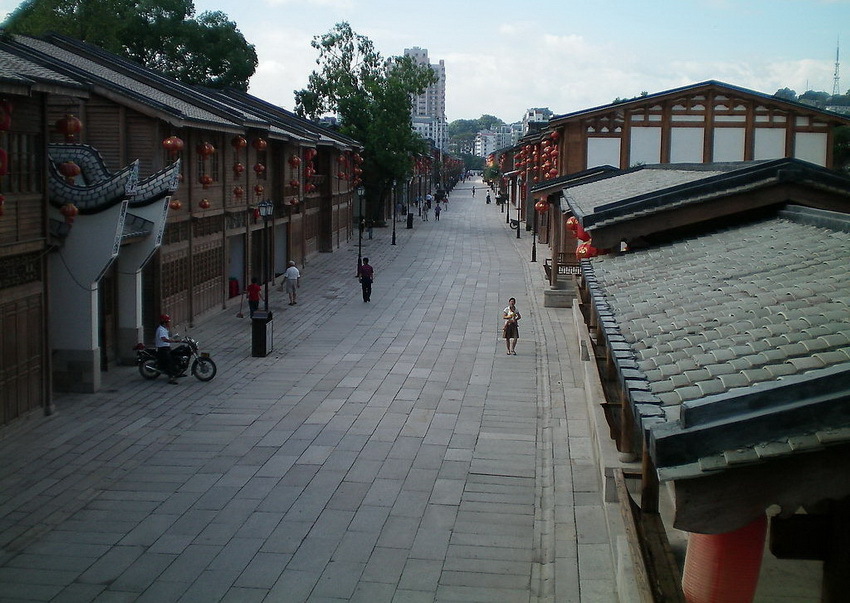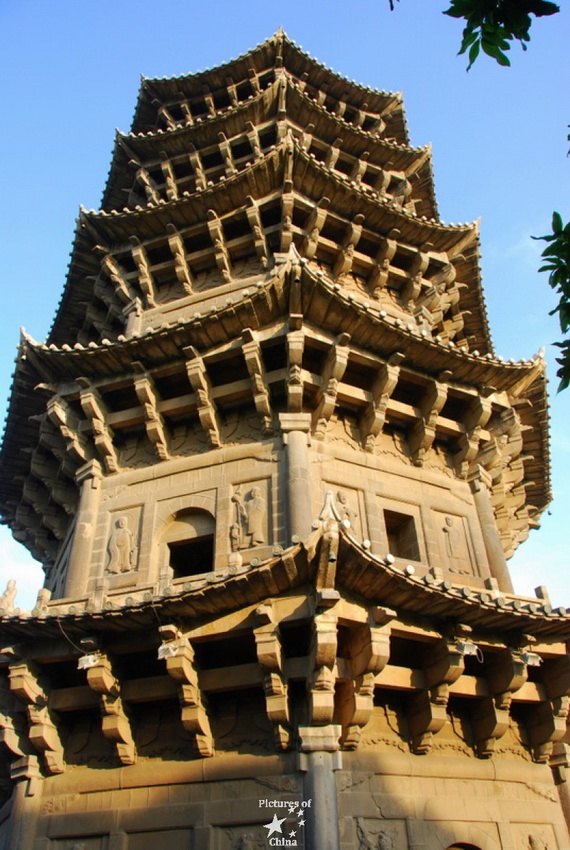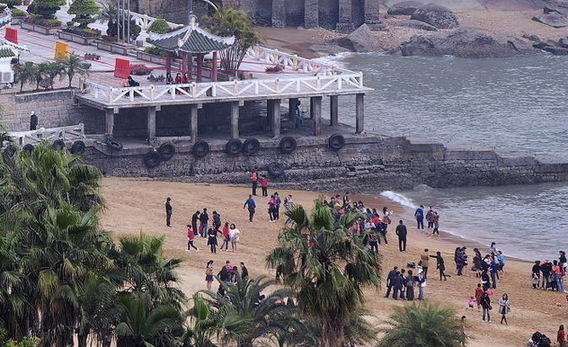China’s Fujian province lures visitors with cultural, tourist attractions
- By Kimeng Hilton Ndukong
 0 Comment(s)
0 Comment(s) Print
Print E-mail People's Daily, August 2, 2017
E-mail People's Daily, August 2, 2017
One major reason why some participants at next month’s Brazil, Russia, India, China and South Africa, BRICS economic bloc summit in Xiamen, in southeast China’s Fujian province might decide to stay back a little longer is the area’s rich culture and tourist attractions.
The province is situated on China’s southeast coast, facing Taiwan to the east across Taiwan Straits. Influenced by the subtropical oceanic monsoon climate, Fujian enjoys warm and pleasant weather with plentiful rainfall. The beautiful scenery and rich culture boast several unique and historic sites worth visiting.
Three Lanes, Seven Alleys, Fuzhou
Located in the centre of the Fujian capital, Fuzhou, Three lanes, seven alleys is one of the city’s landmarks. It is listed among the top 10 famous historical and cultural streets in China. Its chessboard layout and exquisite architectural details, profound historic heritage and intimate association with Taiwan, has won the area several awards.
The architectural style in Three lanes, seven alleys stands out
“Zhang Tian Fu was a wealthy man who lived here and died two months ago at the age of 108. He drank Chinese tea throughout his life and even got married at 100 years to a woman aged 54. Chinese people believe that taking tea regularly prolongs lifespan,” Yan Qin, a female guide told visiting foreign journalists in Three lanes, seven alleys last week.
Kaiyuan temple, Jiuri mountain
The Kaiyuan Buddhist monastery in Quanzhou took 10 years to construct 800 years ago. The strength of the architectural work was demonstrated 400 years ago when one of the pagodas (a watchtower-like structure) survived a very powerful earthquake. On two pillars inside the temple is the couplet: “This place enjoyed the reputation of a Buddhist county in ancient times. There were saints here and there in the streets.” The inscription was written in the 13th century by a famous philosopher, Zhu Xi.
This Kaiyuan temple pagoda survived a very powerful earthquake 400 years ago
Jiuri mountain on the other hand is 7 km from downtown Quanzhou. Kaiyuan temple and Jiuri mountain marked the takeoff point of the Maritime Silk Road. During the Song and Yuan dynasties (960-1368), Quanzhou witnessed dynamic maritime trade and communication with Asia and Africa. “Some 800 years ago, officials and fisher people used to come to the temple on Jiuri mountain to seek good luck for their activities,” a guide told the press last week at the site.
“The government and people of Quanzhou valued friendship with foreign guests. Each year before the ships set sail, local officials would hold grand ceremonies on Jiuri mountain to pray for favorable wind and good luck during their voyages, leaving behind lots of stone inscriptions,” reads the brochure issued by city authorities.
Gulangyu island
Located 2 km off the coast of Xiamen city, Gulangyu island is home to about 20,000 people. Access to the little island covering about 2 square km is by ferry from Xiamen; then electric buggies on the paved narrow ring path round the islet. After the British-led Opium war against China in 1840, 13 nations, including Britain, France and Japan established consulates, churches and hospitals on Gulangyu, turning it into a joint concession.
The islet only returned to Chinese control after Japan’s defeat in World War II. Only electric-powered vehicles are permitted on the island, so the environment is free from the noise and pollution of combustion engines. Breathing clean air, appreciating the ever-present green trees and lovely flowers, and classical and romantic European-style architecture, is what visitors to Gulangyu stand to enjoy.







Go to Forum >>0 Comment(s)